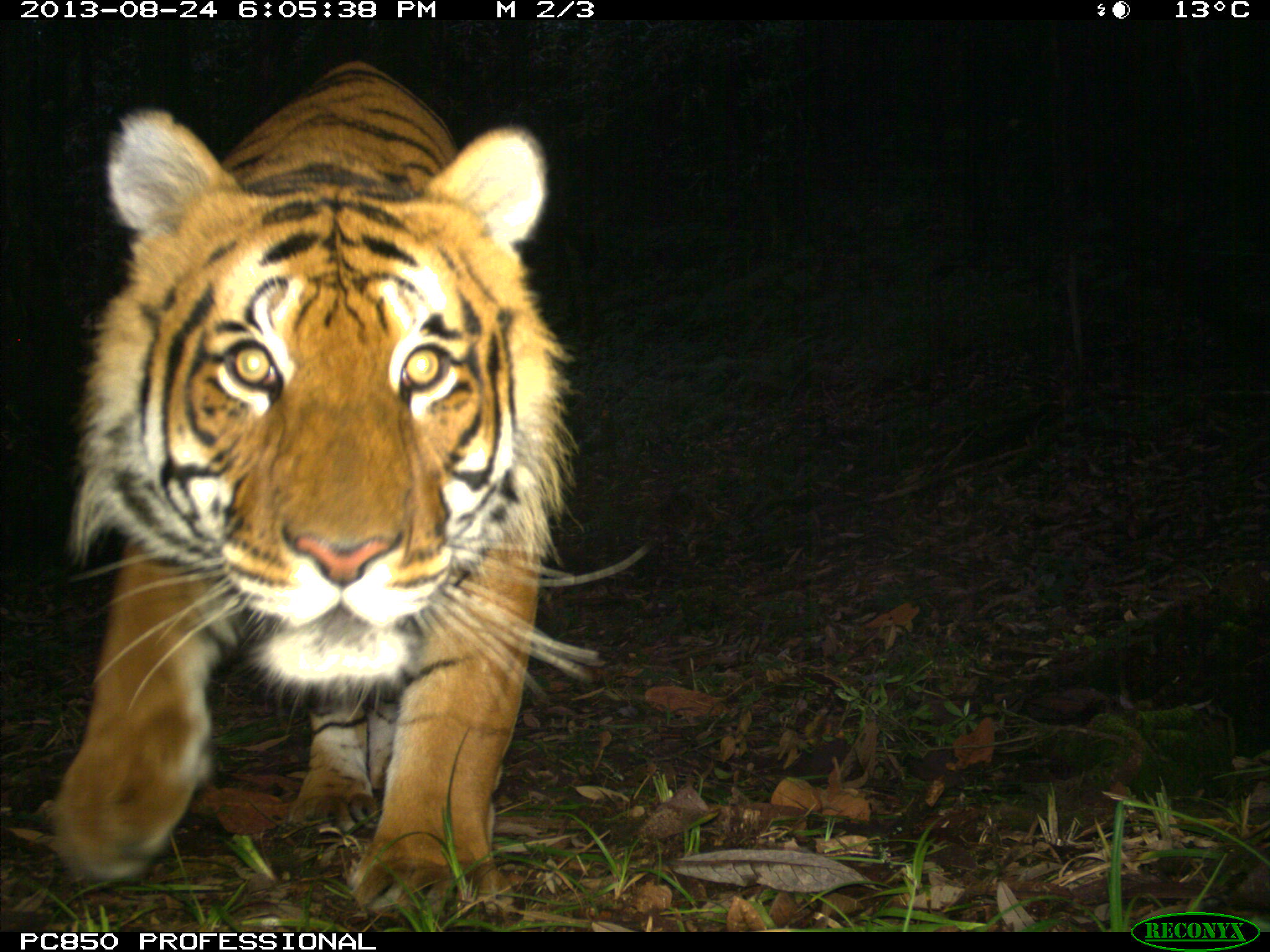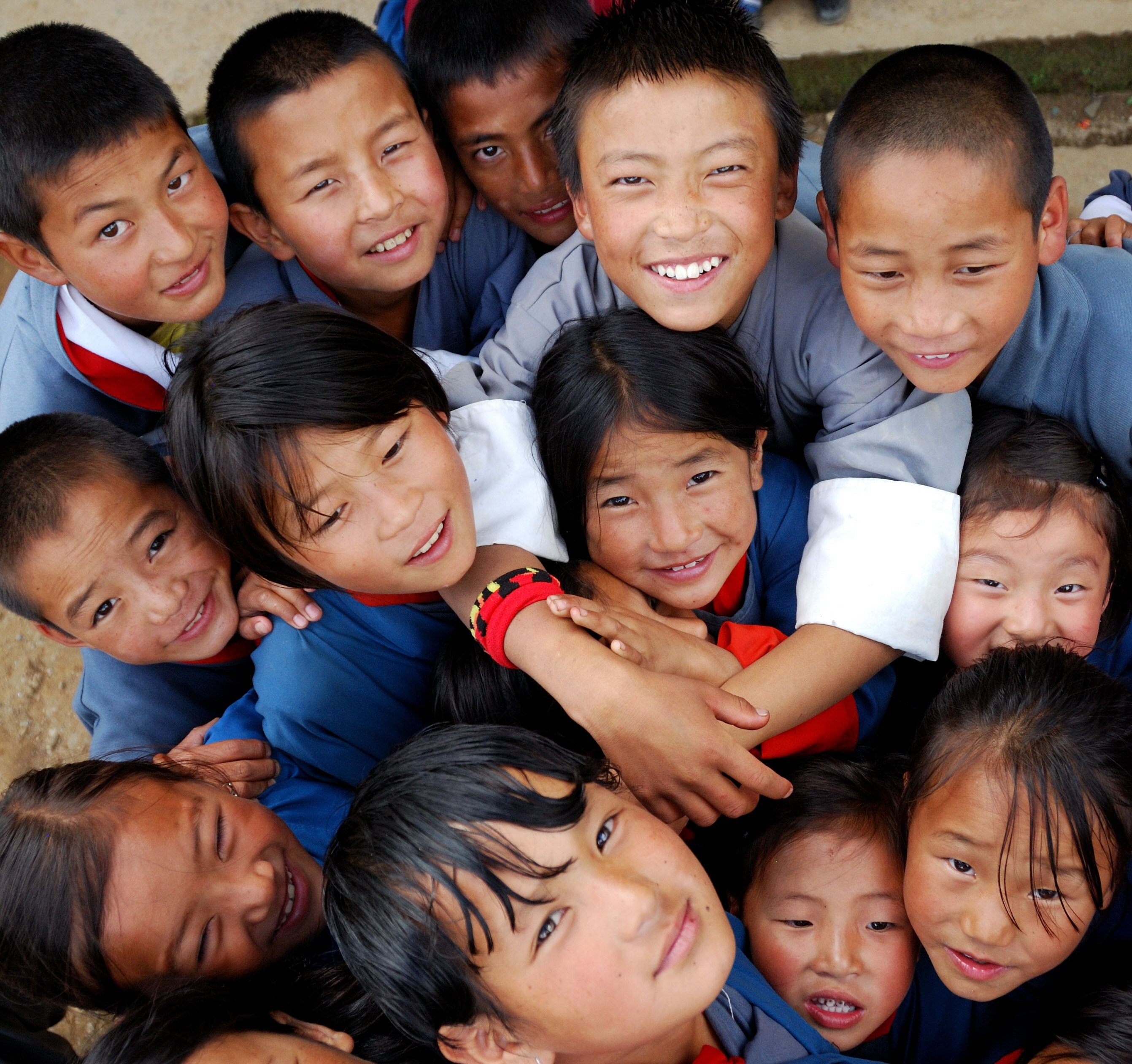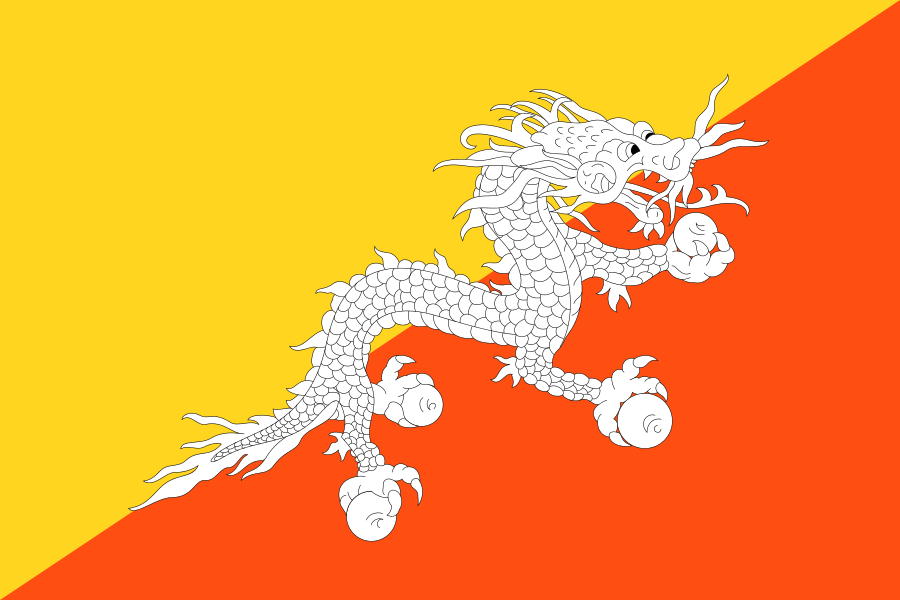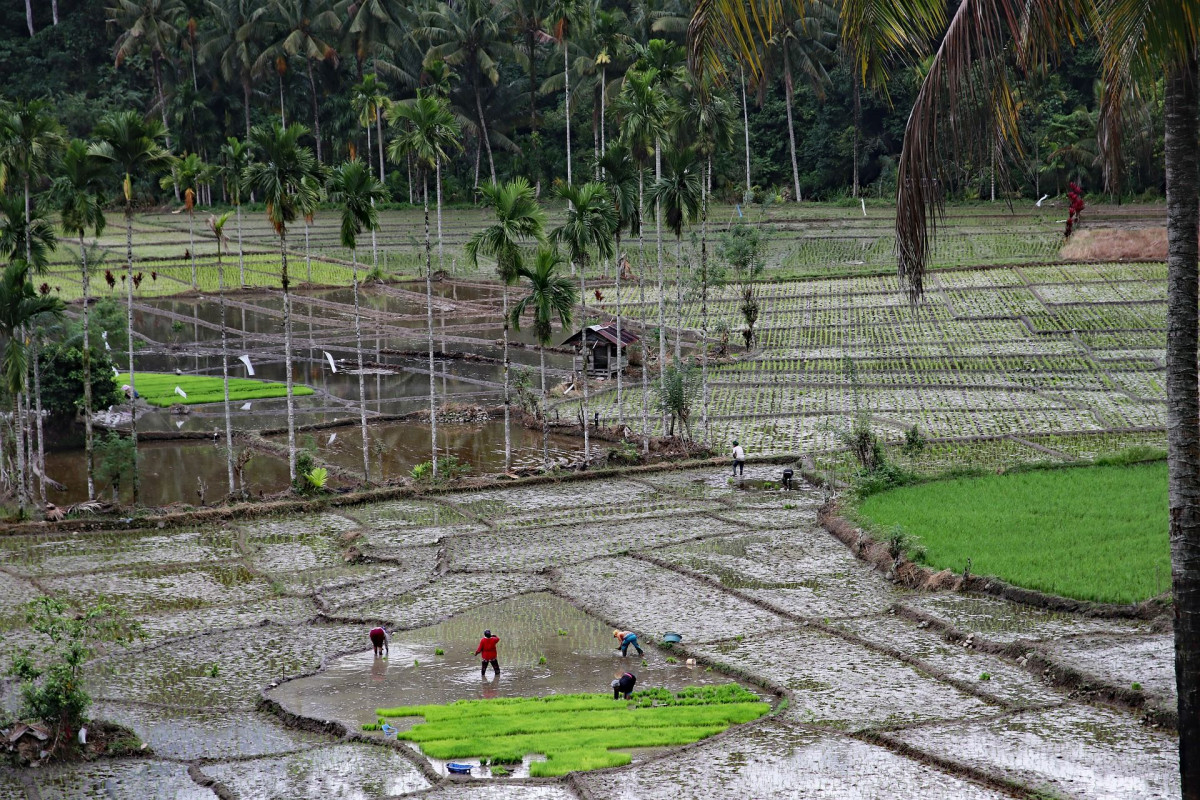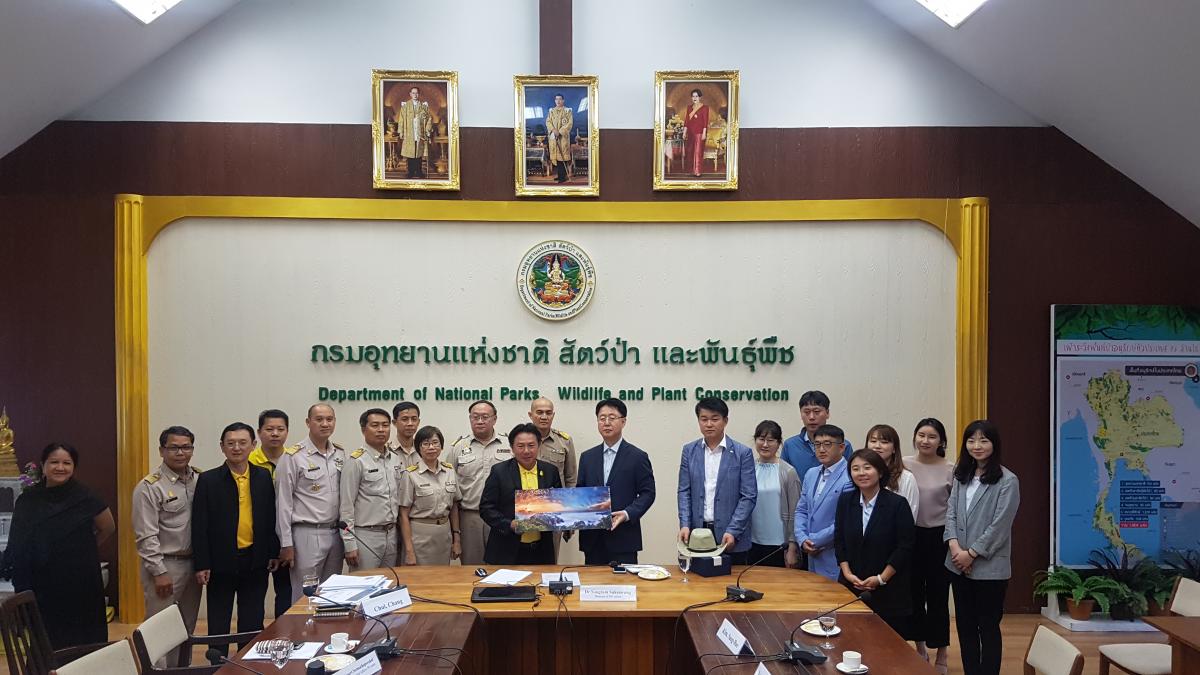In Bhutan, happiness is policy and tiger numbers are on the rise
The Kingdom of Bhutan, a Himalayan country about the size of Switzerland, could be taken as an example by many countries in the world. 70% of its land is still covered in forests. It is estimated that Bhutan forests sequestrate 3 times more carbon dioxide than the country emits. Close to 100% of its electricity is produced by hydropower. The Kingdom is also - and this is what interests us most - home to 103 tigers and counting. The latest survey carried out in 2014-2015 confirms that the tiger population has increased by more than a third from the previous population estimate. The survey was conducted by the Bhutanese Department of Forests and Park Services, now ITHCP grantee.
These facts place Bhutan amongst the top sustainable countries in the world. This is no surprise as Bhutan's principles have been inscribed in policy through the gross national happiness index, based on equitable social development, cultural preservation, conservation of the environment and promotion of good governance.
Indeed, since the coronation of the fourth Druk Gyalpo (King of Bhutan) Jigme Singye Wangchuck in 1972, Bhutan rejected the notion of GDP as the only way to measure progress and instead championed a new approach to development “Gross National Happiness - GNH”. GNH is a holistic and sustainable approach to development, which balances material and non-material values, with the conviction that humans want to search for happiness.
One of the four main pillars of GNH is conservation of the environment and over the years it has allowed Bhutan to retain its forest cover intact – and even restore patches of forests - along with numerous rare and endangered animals that inhabit them. Perhaps it is the concept of GNH that has allowed the harmonious co-existence of nature and people together. Amongst the incredible biodiversity of Bhutan we can name the tiger, the snow leopard, the dhole, the takin, the Asiatic black bear, the Asian elephant & the red panda.
A particularity of Bhutan, and in particular Royal Manas National Park – RMNP where the ITHCP project is being carried out, is that communities live within the boundaries of national parks. Aside from the core zone, in RMNP there are multiple use zones which people inhabit, in addition to the more common buffer zones at the fringes of the Park. Hence, with people living inside parks, the success of management depends not only on species conservation alone but also on the success story of communities. Tigers, as a flagship species, have always been at the heart of conservation in Bhutan. In a time when the most important threat to tiger survival there is retaliatory killing - i.e. after a tiger attacks cattle -, the most pragmatic way forward is to embed people into conservation programmes and bring them tangible benefits as a result.
As such the ITHCP project in Royal Manas National Park is timely. It provides interventions in terms of (i) preventing loss of tiger through anti-poaching measures; (ii) improving tiger habitats by uplifting livelihoods of communities; (iii) ensuring proper land use planning and (iv) enhancing regional co-operation supported by a strong monitoring framework. This is the first ITHCP project led by a government agency.
Please find more details on this project here.
> By Tashi Dhendup, Ugyen Wangchuck Institute for Conservation and Environment (DoFPS - Bhutan Government) & Thomas Gelsi, IUCN.
